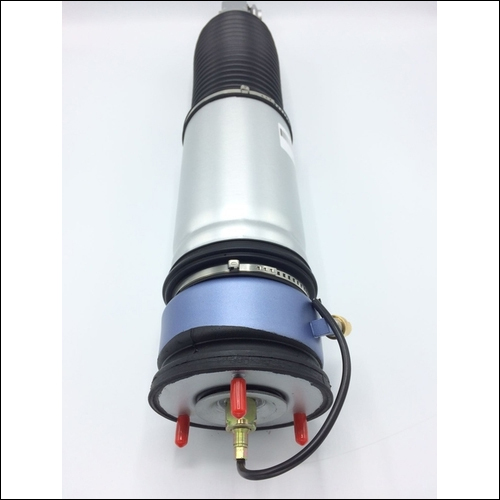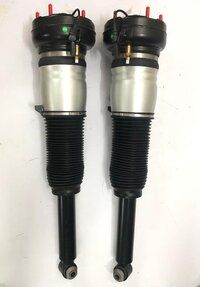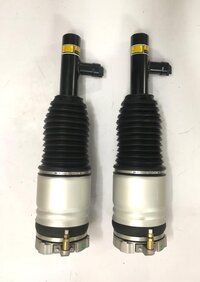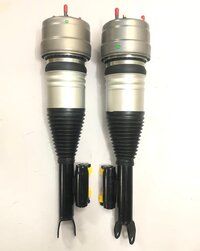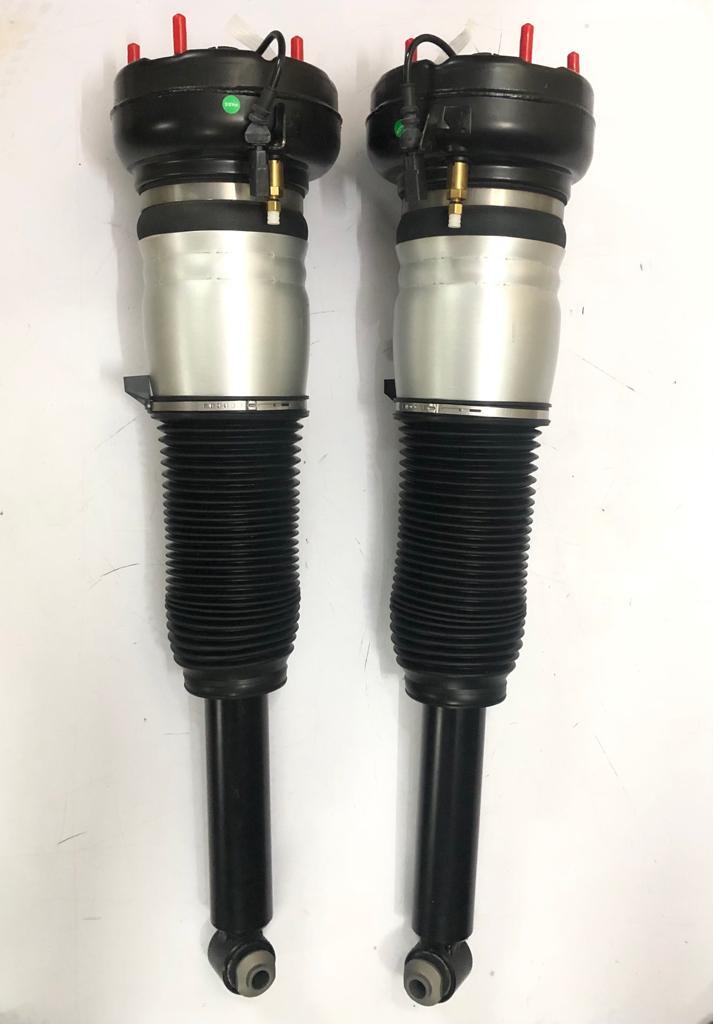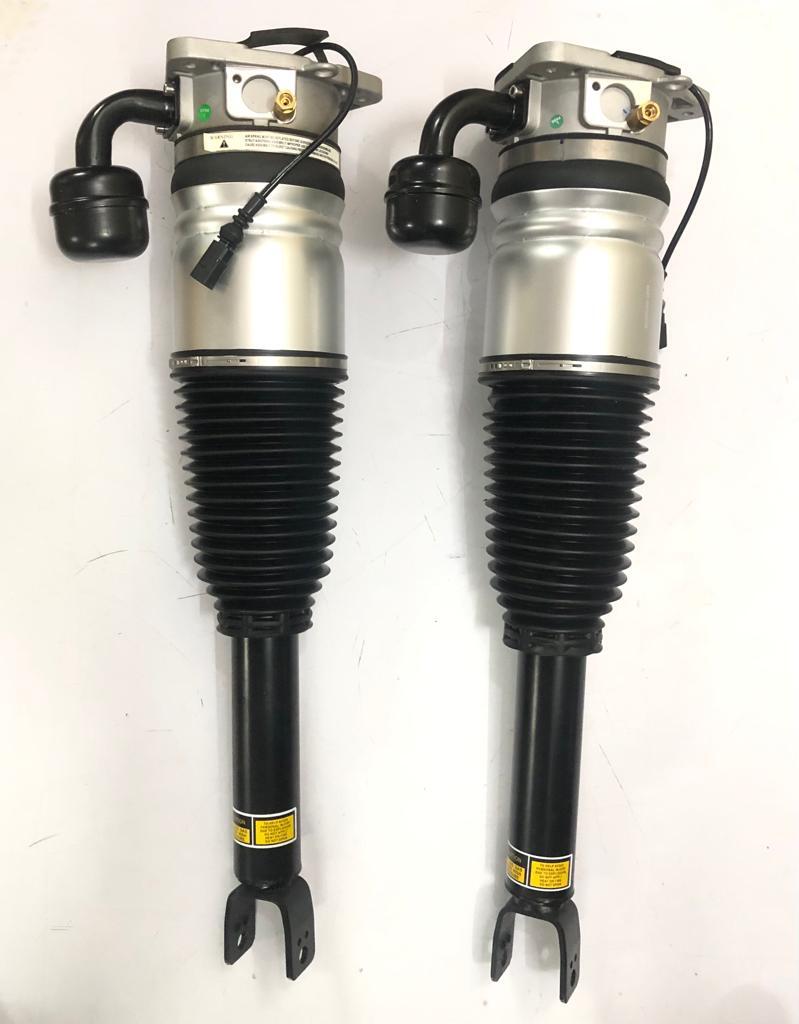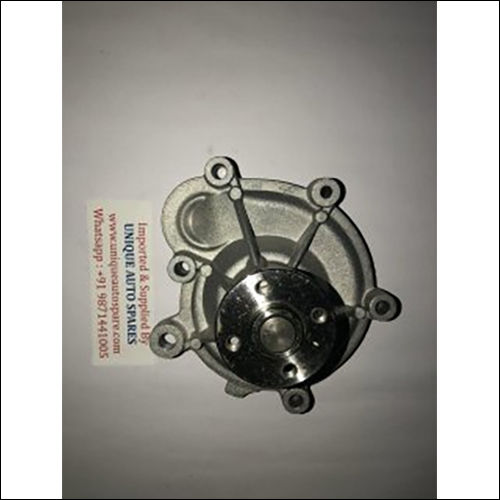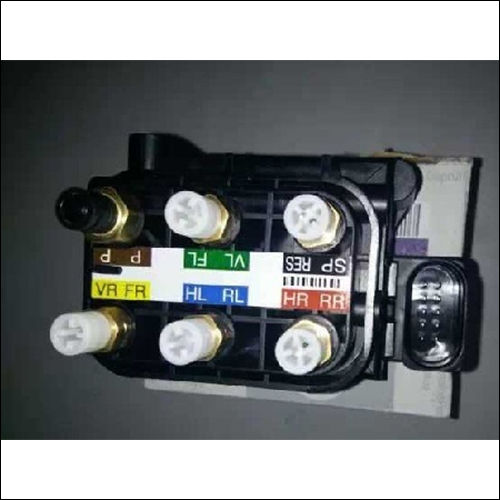Airmatick shocker. Airmatick suspension.
Product Details:
- Product Type Airmatick shocker. Airmatick suspension.
- For Use In Automobile Industry
- Click to View more
Airmatick shocker. Airmatick suspension. Price And Quantity
- 1 Piece
- 5500.00 - 24500.00 INR/Piece
Airmatick shocker. Airmatick suspension. Product Specifications
- Airmatick shocker. Airmatick suspension.
- Automobile Industry
Airmatick shocker. Airmatick suspension. Trade Information
- 1000 Piece Per Day
- 1 Days
- cardboard box and cover with sack
- All India
Product Description
AIRMATIC suspension is a sophisticated air suspension system used in many Mercedes-Benz vehicles. It provides a smooth and comfortable ride by automatically adjusting the suspension based on driving conditions, load, and driving mode. The AIRMATIC system consists of several key components, including the air shock absorbers (commonly referred to as "AIRMATIC shockers"), an air compressor, height sensors, and a control unit.
Key Components of AIRMATIC Suspension:
-
Air Shock Absorbers (Air Springs):
- These combine traditional shock absorbers with air springs.
- The air springs replace conventional steel springs and are adjustable in height and stiffness.
- Provide a smooth ride by absorbing road irregularities and adjusting to the vehicle's load.
-
Air Compressor:
- Supplies compressed air to the air springs.
- Includes a dryer to remove moisture from the air to prevent damage to the system.
- Typically mounted in a protected area, such as under the vehicle or in the trunk.
-
Air Reservoir:
- Stores compressed air, ensuring a ready supply for quick adjustments.
- Helps maintain consistent air pressure in the system.
-
Height Sensors:
- Located at each wheel, these sensors measure the distance between the vehicle's body and the wheels.
- Provide data to the control unit, allowing it to adjust the air springs to maintain the desired ride height.
-
Control Unit:
- The electronic brain of the AIRMATIC system.
- Receives input from height sensors, speed sensors, and other systems.
- Adjusts the air pressure in the air springs to maintain optimal ride height and comfort.
-
Air Lines:
- Flexible tubes that transport compressed air from the compressor to the air springs.
- Must be free from leaks and damage to ensure proper operation.
Features and Benefits:
-
Adjustable Ride Height:
- Drivers can raise or lower the vehicle's ride height to suit different driving conditions (e.g., higher for off-road, lower for highway driving).
- Improves aerodynamics and fuel efficiency at higher speeds by lowering the vehicle.
-
Adaptive Damping System:
- Adjusts the damping force of the shock absorbers based on driving conditions and modes (e.g., comfort, sport).
- Enhances handling and stability by reducing body roll and improving road contact.
-
Load-Leveling:
- Automatically adjusts the suspension to compensate for changes in vehicle load, ensuring a consistent ride height and optimal handling.
-
Improved Comfort and Handling:
- Provides a smoother ride by absorbing road irregularities and reducing vibrations.
- Enhances vehicle stability and control, especially during cornering and braking.
Common Issues and Maintenance:
-
Air Leaks:
- Leaks in the air springs, air lines, or connections can cause the system to lose pressure, leading to a sagging suspension or uneven ride height.
- Regularly check for hissing sounds and visually inspect the system for signs of leaks.
-
Compressor Failure:
- Over time, the air compressor may wear out or fail, leading to inadequate air pressure and suspension performance issues.
- Listen for unusual noises from the compressor, such as excessive running or grinding sounds.
-
Sensor Malfunctions:
- Faulty height sensors can lead to incorrect ride height adjustments or error messages on the dashboard.
- Diagnose and replace malfunctioning sensors as needed.
-
Control Unit Issues:
- Problems with the control unit can result in improper suspension adjustments and system errors.
- Use diagnostic tools to check for fault codes and address any control unit issues.
Replacement and Repair:
-
Air Shock Absorbers:
- Replacement involves removing the old air shock absorbers and installing new ones.
- Ensure proper alignment and connection of air lines and sensors.
-
Air Compressor:
- Replacing a faulty compressor requires accessing the mounting location, disconnecting electrical connections, and air lines, and installing the new compressor.
- Test the system after replacement to ensure proper operation.
-
Height Sensors and Air Lines:
- Inspect and replace damaged or malfunctioning sensors and air lines as needed.
- Ensure all connections are secure and free from leaks.
Conclusion:
AIRMATIC suspension systems in Mercedes-Benz vehicles provide exceptional ride comfort, adaptability, and handling. Regular maintenance and timely replacement of components are essential to keep the system functioning optimally. Whether dealing with air leaks, compressor issues, or sensor malfunctions, addressing problems promptly ensures a smooth and enjoyable driving experience.unique auto spares.

